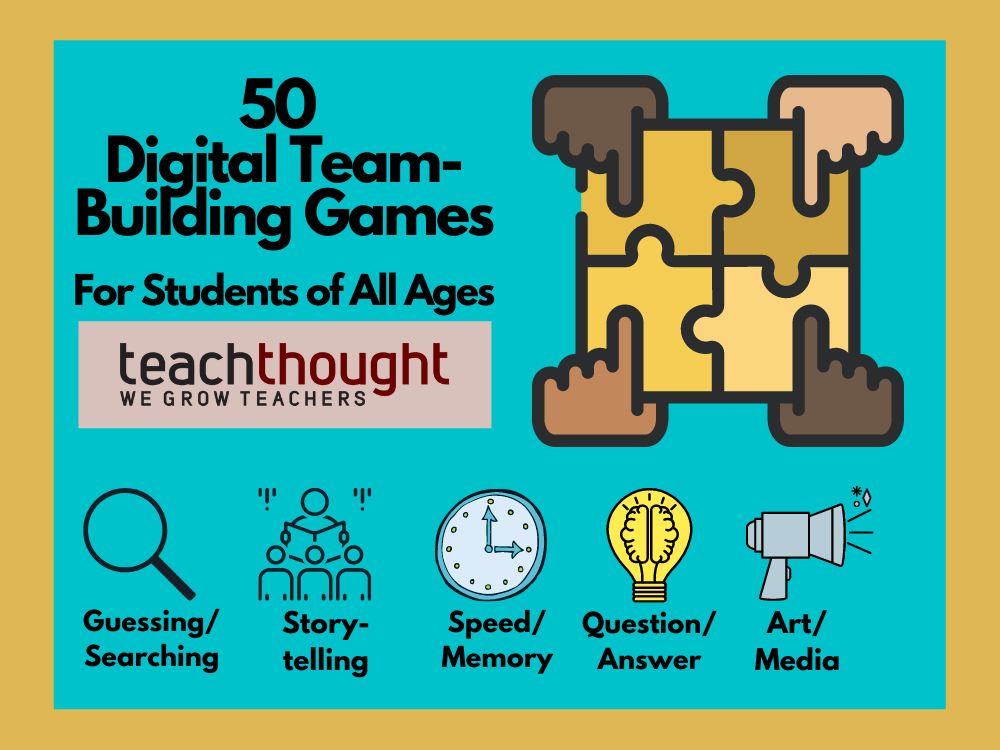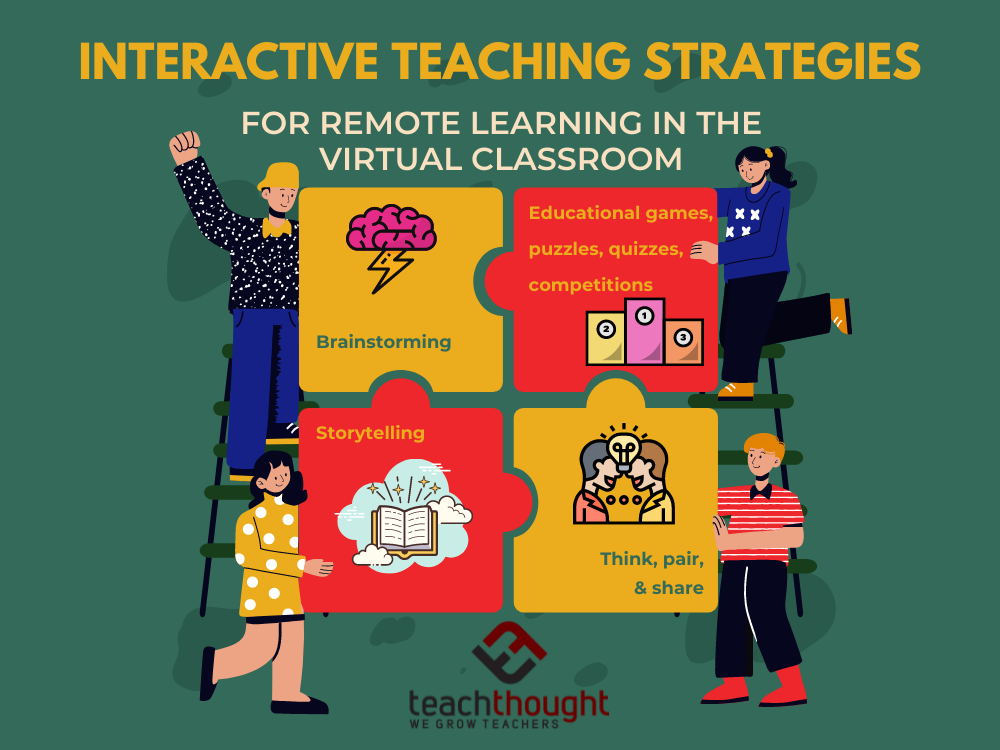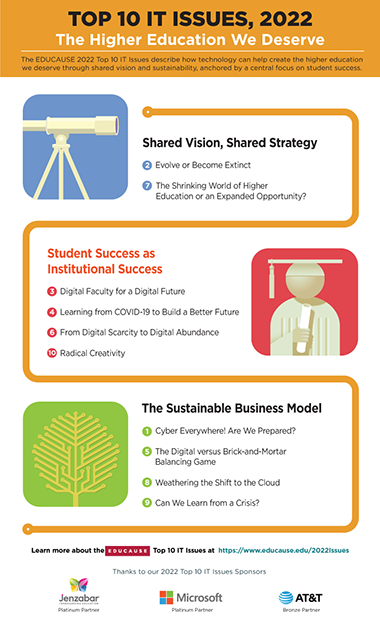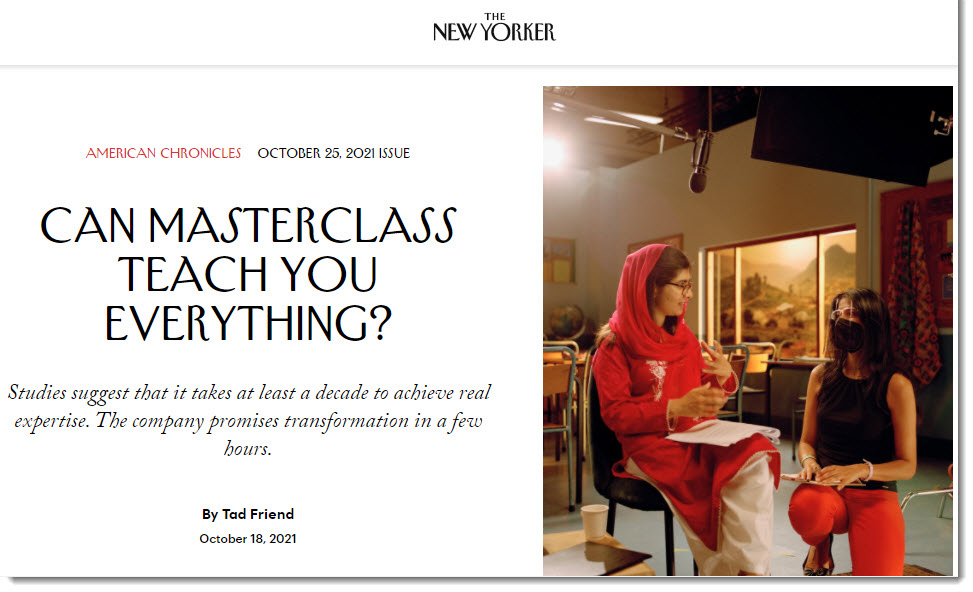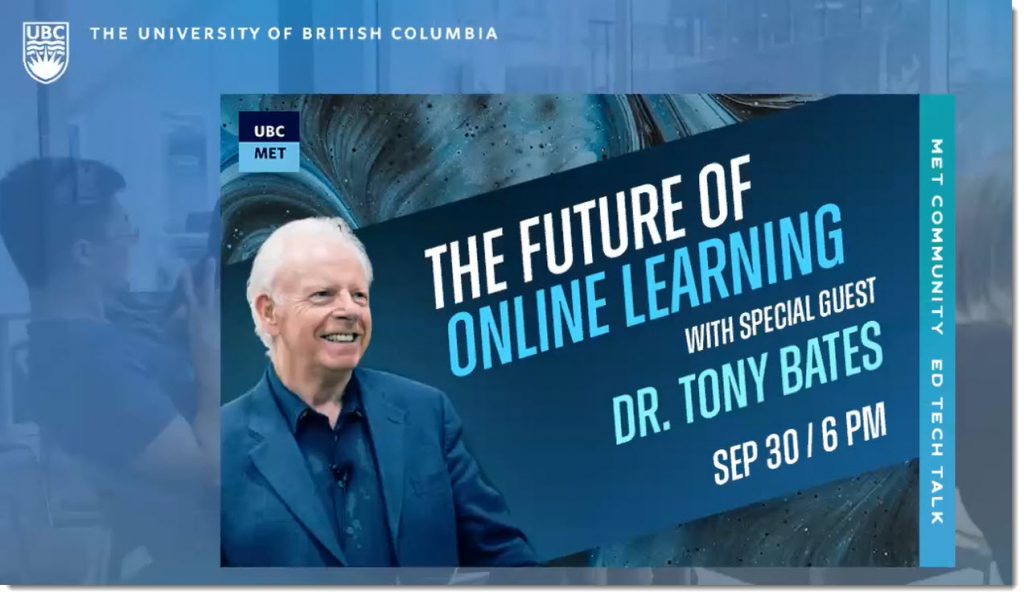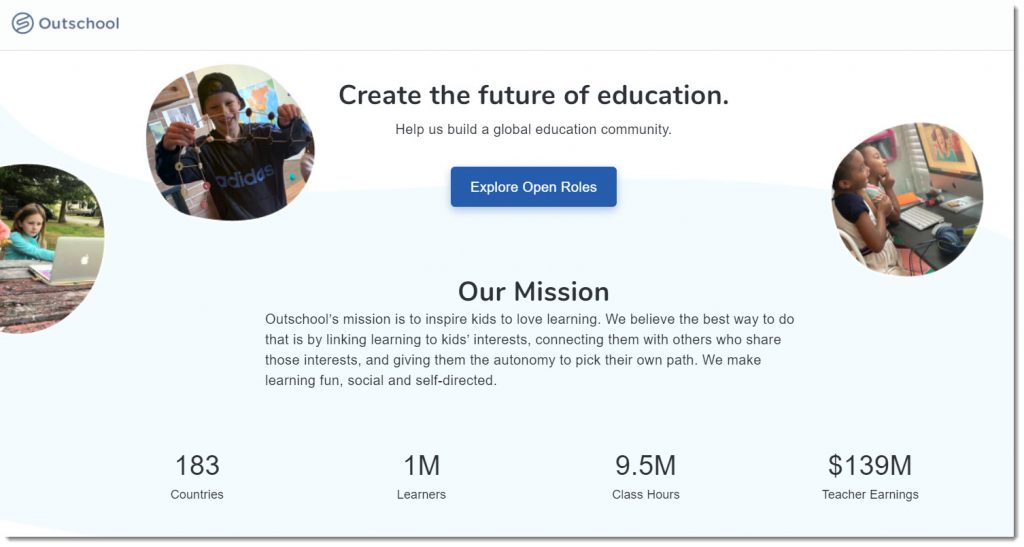One Year Later . . . and Counting: Reflections on Emergency Remote Teaching and Online Learning — from er.educause.edu by Stephanie Moore, Torrey Trust, Barb Lockee, Aaron Bond and Charles Hodges
Excerpts (emphasis DSC):
Colleges with significant previous investments in online education, and ones that have worked to embed that experience into the campus’s mainstream, have seen the biggest jumps in enrollment.” In asking the question “When should a college invest heavily in online education?,” Hill concluded: “It seems increasingly clear that the answer is: at least a decade ago.” A view from “one year later” must include consideration of what college and university leaders chose to do years ago, when the decisions that created this reinforcing feedback loop were made.
…
Then there are the colleges and universities that resisted online learning for years or invested only in very isolated instances. These institutions were less prepared and suffered steeper enrollment and budget declines than their counterparts.
…
Aesop’s fable “The Oak and the Reeds” offers us ancient wisdom. In the story, the Oak mocks the Reeds that bend in the breezes. But when hit by a hurricane, the Reeds flex with the wind and survive while the Oak is beaten and broken. Some colleges and universities were more like the Oak, stubbornly resisting and finding that they could not resist the hurricane that was the pandemic. Other institutions proved more like the Reeds and were more agile in the winds, allowing flexibility and survival during a time of crisis.









